How to Install Metal Roofing
Installing a metal roof is a significant project that can greatly enhance the durability and energy efficiency of your home. Whether you're a seasoned DIY enthusiast or a professional roofer, following a step-by-step guide ensures that the installation process goes smoothly and safely. Here's a comprehensive guide on how to install metal roofing:
1. Safety First
Before you begin, prioritize safety. Wear protective gear, including gloves, safety glasses, and non-slip shoes. Ensure that you have a secure ladder and consider using a safety harness if you'll be working at a significant height.
2. Measure Your Roof
Accurately measure your roof to determine how much roofing material you need. Order extra material to account for any mistakes or miscalculations.
3. Remove Old Roofing (If Necessary)
In many cases, metal roofing can be installed over the existing roof. However, if the old roof is damaged or has two or more layers, it may need to be removed. Ensure proper disposal of the old roofing material according to local regulations.
4. Install Insulation or Underlayment
Install a layer of roofing underlayment or insulation over the roof deck to provide a barrier against water and improve energy efficiency. This step is crucial for protecting your home from moisture.
5. Install Edging (Eave Flashing)
Apply eave flashing or edging along the roof's edges to prevent water from seeping under the metal panels. This also gives your roof a finished look.
6. Lay Out the Metal Panels
Start laying out the metal panels from the bottom (eave) to the top (ridge) of the roof. It's essential to ensure that the first panel is perfectly aligned, as it sets the direction for the subsequent panels.
7. Secure the Panels
Fasten the metal panels to the roof using screws or nails designed for metal roofing. Follow the manufacturer's recommendations for spacing and placement. Make sure the fasteners are installed straight and tight enough to secure the panels but not so tight that they cause the metal to deform.
8. Seal the Roof
Apply sealant along the edges where panels overlap and around any screws or nails to prevent leaks. Pay special attention to the areas around vents, chimneys, and other penetrations.
9. Install Flashing and Trim
Install flashing around roof features like vents, chimneys, and the ridge to direct water away from these potential leak points. Trim gives your roof edges a clean, finished appearance and further seals the roof against water intrusion.
10. Final Inspection
After installation, inspect the roof to ensure all panels are secure, all edges are sealed, and there are no gaps where water can enter.
Tips for Success
Always refer to the manufacturer's instructions specific to your roofing material.
Consider the weather forecast; avoid installing a metal roof in wet or windy conditions.
For complex roofs or if you're unsure about tackling this project yourself, hiring a professional is recommended.
Installing metal roofing requires precision and attention to detail. By following these steps and adhering to safety guidelines, you can ensure your metal roof is installed correctly, providing years of protection for your home.
